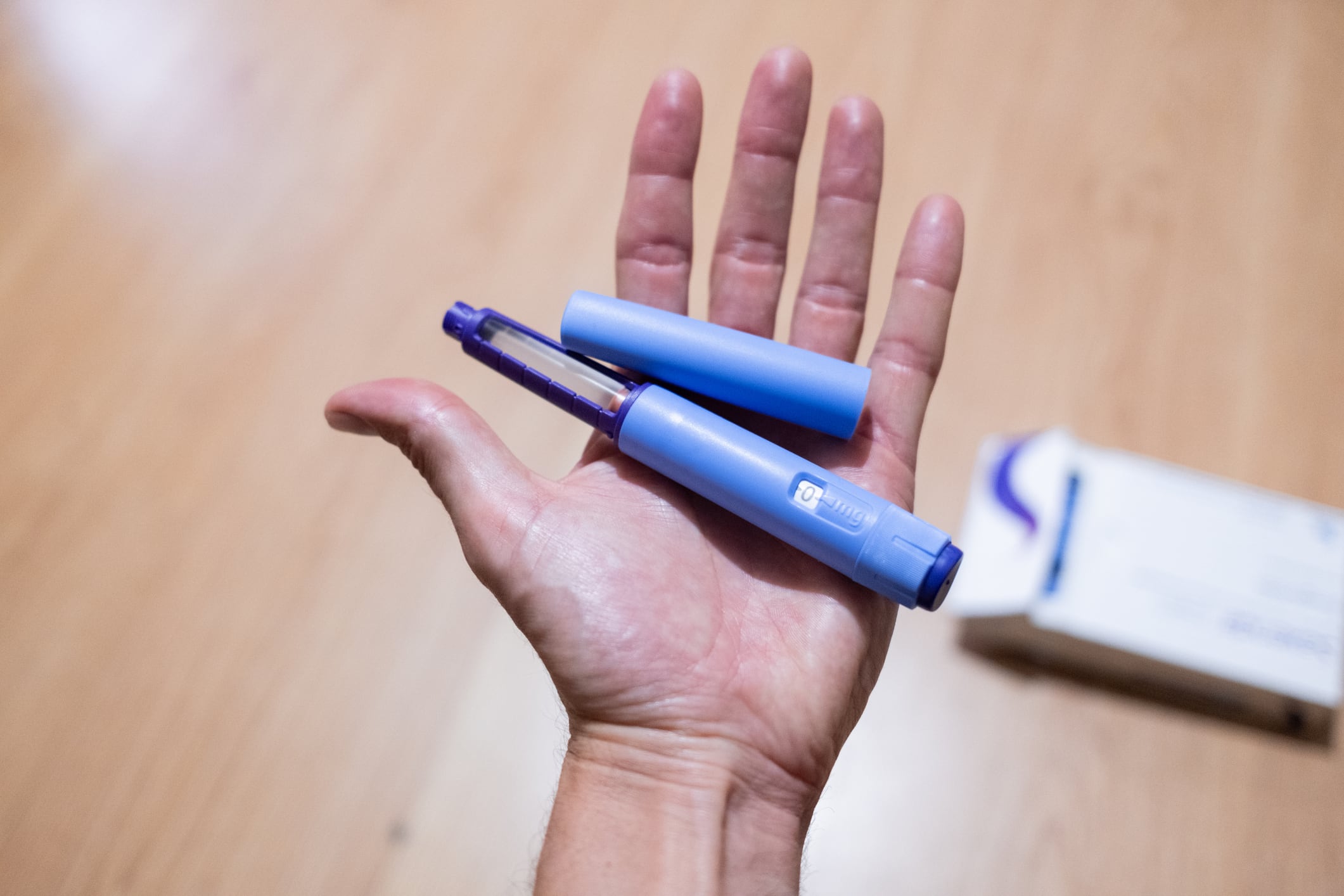How GLP-1 drugs are reshaping health and consumer behaviour: key takeaways
- Metabolic dysfunction affects 88% of Americans, driving GLP-1 demand
- GLP-1 drugs used by 12% of Americans, likely underreported figures
- Originally for diabetes, now treating obesity and chronic conditions
- Over 100 trials underway, multi-agonists show enhanced weight loss
- Global uptake expected to rise as patents expire and access grows
GLP-1 medications are no longer fringe – they’re mainstream, and they’re reshaping everything from public health to consumer behaviour.
According to Kim Fisher, director of programs at the Institute for Innovation in Food and Health (IIFH) at UC Davis, the scale of metabolic dysfunction in the US is staggering.
“Nearly three-quarters of Americans are overweight or obese,” she says. “And 88% of Americans are metabolically unhealthy. In short, pretty much everybody is metabolically unhealthy, so we have an enormous problem, and something needs to be done to fix it.”
GLP-1 drugs – including Ozempic, Wegovy, Zepbound, and Mounjaro – have already being used by 12% of Americans, or 41 million people, with 20 million (6%) currently taking them. Those statistics may be wildly under the real number according to Kim.
“I know a lot of people personally who take these drugs and don’t have great insurance coverage, and so they get them cheaper from a compounding pharmacy in Canada. That probably isn’t reflected in these statistics,” she laughs.
From diabetes to longevity
Originally developed for type 2 diabetes, GLP-1s are now approved for weight loss and increasingly for other conditions – including cardiovascular disease, kidney disease, and sleep apnoea – with trials underway for Alzheimer’s, addiction, and even osteoarthritis.
With so many chronic conditions effectively treated by these drugs alongside obesity, it’s more appropriate to consider them longevity drugs with an almost limitless number of patients likely to benefit from taking them.
As well as exploring new diseases impacted by metabolic medicines, a raft of new drugs that build on semaglutide’s success are on the way.
“There are over 100 clinical studies in the pipeline right now. Over 40 of them are in phase three, meaning we’ll see new things on the market in the next year or two,” says Fisher.
New combination therapies, known as multi-agonists, are the likely direction of travel.
“We’re seeing a lot of efficacy with the GLP-1 receptor agonists, but how can we make them even better?” asks Professor Bethany Cummings, who conducts metabolic research at UC Davis, California. “Perhaps we can make them better by having them not just activate the GLP-1 receptor, but activate other metabolically beneficial receptors as well.
“We already have one that’s on the market, tirzepatide (Mounjaro), which is activating both the GLP-1 and glucose-dependent insulinotropic polypeptide (GIP) receptors, and at least in terms of weight loss, appears to be somewhat more effective than semaglutide (Ozempic),” says Professor Cummings.
“One that’s not yet on the market is Retatutride. It’s a tri-agnoist which activates the GLP-1 receptor, the GIP receptor, and the glucagon receptor and looks quite remarkable in clinical trials, showing upwards of 24% body weight loss in patients.”
The delivery methods of these drugs are also evolving. Weekly pills and monthly injections are all in development.
“Injections are never fun. So if we can do them less frequently, I think people will avail themselves of these medications even more,” says Fisher.
Patent expiry and the next frontier
While US adoption is surging, international use of GLP-1s is still under 1%. But with obesity rates rising globally – some countries reaching 70% – Fisher expects international uptake to follow.
Meanwhile, Ozempic goes off patent in Canada next year, and in the US by 2032, potentially opening the door to more affordable access and generic competition.
How GLP-1 use leaves a $3bn dessert gap
GLP-1 users are eating dramatically less of certain foods – up to 84% less dessert, 70-80% less pasta, pizza, burgers, alcohol – and significantly more salads, fruits, vegetables, and lean proteins, according to Fisher.
“What people are eating when they are taking these medications is very different than what they were eating. And I think this is a real pivotal moment and an opportunity for those of us who work in the food industry."
Fisher's simple maths bears this out. If 20m Americans who are taking GLP-1 medications eat 84% less dessert – that leaves a $3bn black hole in dessert sales alone.
Seismic shifts like this create a rare alignment between public health goals and commercial opportunity. “Our financial incentives are now aligned with that desire that we all have... to create a healthier food system,” she says.

Don’t miss Food Navigator’s broadcast series on Weight Management
Join industry leaders and scientists on November 13 & 19 as we explore how the rise of GLP-1 weight-loss drugs is disrupting the food & beverage space – and uncover how functional foods, bioactive ingredients and next-gen formulations can reshape satiety, metabolism and brand opportunity.
Register today and claim your spot at the forefront of the “weight-management 2025” narrative.





